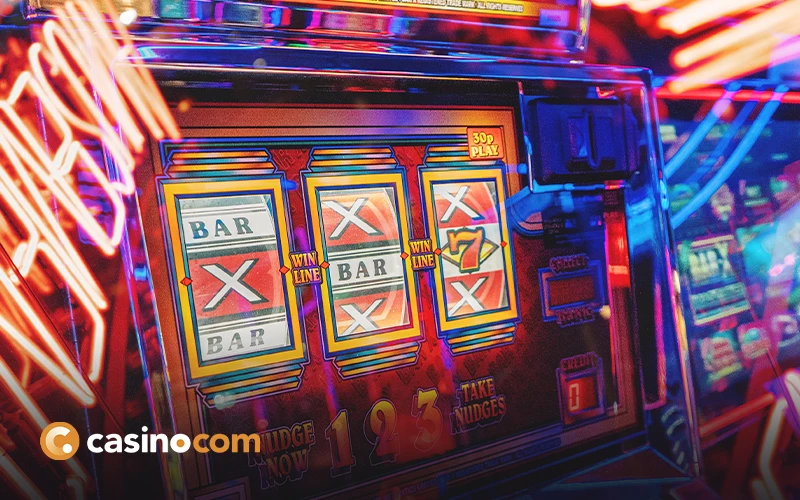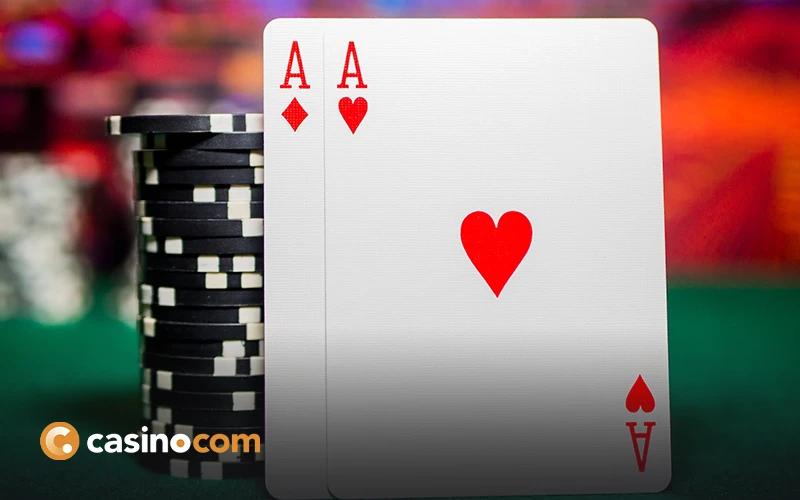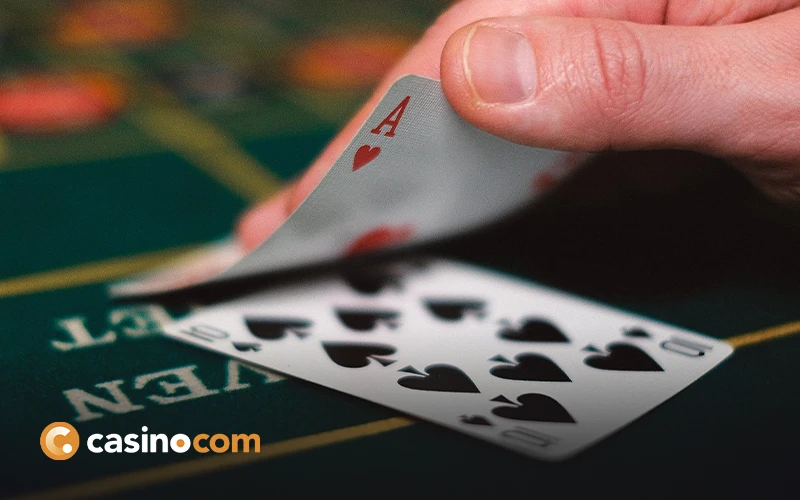Many slot players don’t understand just how important volatility of a game can be. We explain what it means.
Too much choice can be a dangerous thing. When it comes to online slots, the peril is real with thousands of online slots to choose from. Every week, more new games are released. The clue is in the name: there are lots and lots of slots.
Choosing what online slot to play is usually a mix of factors: habit, theme, convenience, RTP, and jackpot size. For the more seasoned player, RTP – Return to Player – is arguably one of the more critical factors. It determines how much a game will return to the player on average.
Basically: if you wager £10 in an online slot, with an RTP of 98%, you can expect to get £9.80 back for every £10 you gamble. Most online casinos are keen to promote games with a high RTP. Playtech’s Ugga Bugga and Mega Joker from NetEnt are two of the highest paying games online; both have RTPs of more than 99%.
Don’t Ignore the Slot’s Variance
There is one more factor in play; the theme of this article: variance.
So… what is variance? In relation to online slots, variance is basically the same as volatility – either low, medium, or high. Two games, both with an RTP of 95%, could have completely different volatility. This makes a huge difference to the game play you can expect.
A high volatility game is an online slot that pays more on average – but less frequently. A low volatility game pays less on average – but more frequently. The RTP on both games could be the same.
Still not clear? OK, no problem. Try this:
Game #1 is a high volatility game with an RTP of 99%. You put £100 into the game. Each spin costs one dollar. You win nothing for 99 spins. On the final spin, you win £99. This is high volatility at its most extreme. No wins and then a jackpot.
Game #2 is a low volatility game – also with an RTP of 99%. In this game, you bet £100. Every spin costs one dollar. You win £1 on every single spin – except one.
In both cases, the player ends up with the predicted RTP; in this case £99 from a £100 wager. But the experience of playing both games would be completely different. Game #1 is tumbleweed and nothing for 99 spins. Game #2 is endless action but no wins of any significance. These are the extremes.
So, there you have it: variance and volatility 101. A footnote: in finance, there is a difference between volatility and variance. Volatility is linked to specific periods of time. Whereas ‘variance’ is the general distribution of returns.
Examples of High and Low Variance Slots
The problem with variance and volatility is discovering what online slots are either low or high. The Return to Player has to be declared, for the game to conform to industry standards and regulator oversight. This is not the case for volatility.
There are several online forums where slots are ranked by volatility. This is a great first stop. Another popular option is to try the games in free play mode where possible. Volatility cannot be adjusted.
Three online slots with high volatility that feature in several forums are: Dead or Alive, Book of Dead, and Immortal Romance. These are all hugely popular games, with a large fan base. The implication being that popular games may tend to have a higher variance.
However, in the opposite corner are games like Starburst, Big Bad Wolf, and Blood Suckers 2. These online slots are frequent payers, guaranteed to keep a fan engaged and entertained. You can anticipate a win every few spins but big jackpots are rare.
Ultimately, the best way to discover the highs and lows of variance is to play the games for yourself. You can try many online slots for as little as a penny a spin. This will enable you to judge the volatility for yourself.
Volatile? Variable? A great RTP? Take some slots for a spin today. Good luck. Have fun. Play safe!





